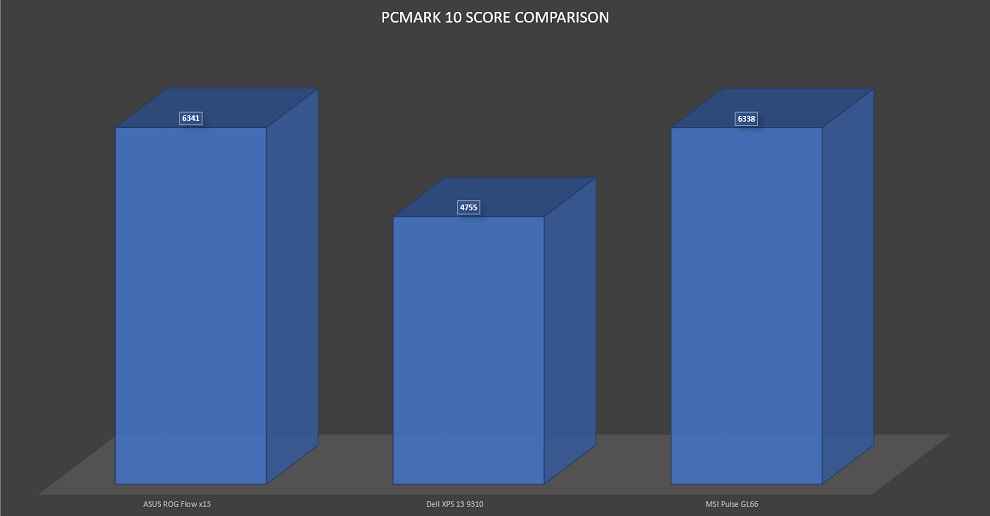
The standard PCMark 10 mode is designed for the modern office, giving business and enterprise users a way to evaluate PCs for the workplace with specific performance needs in mind. The latest iteration of PCMark now includes three benchmarking modes – Standard, Express, and Extended.

Three modes – Standard, Express, and Extended The combined test brings in an additional workload that puts more load on the CPU and GPU.

#Pcmark 10 score comparison update
The third new workload is an update to the previous “Mainstream Gaming” workload, now called “Gaming,” that uses a version of 3DMark Fire Strike to more closely resemble a modern gaming scenario.
#Pcmark 10 score comparison professional
A second test called “Rendering and Visualization” uses OpenGL to simulate professional graphics and give an estimate on overall processor scaling performance.

One of the new workloads is called “App Start-Up,” which measures the time taken to open various applications and is relevant for assessing storage performance. The release also cuts down the time needed to run a complete benchmark by half when compared to PCMark 8, and removes the need to choose between “Conventional” or “Accelerated” mode to enable OpenCL support. This year’s PCMark 10 has been designed with focus on improving performance in Windows 10.


 0 kommentar(er)
0 kommentar(er)
